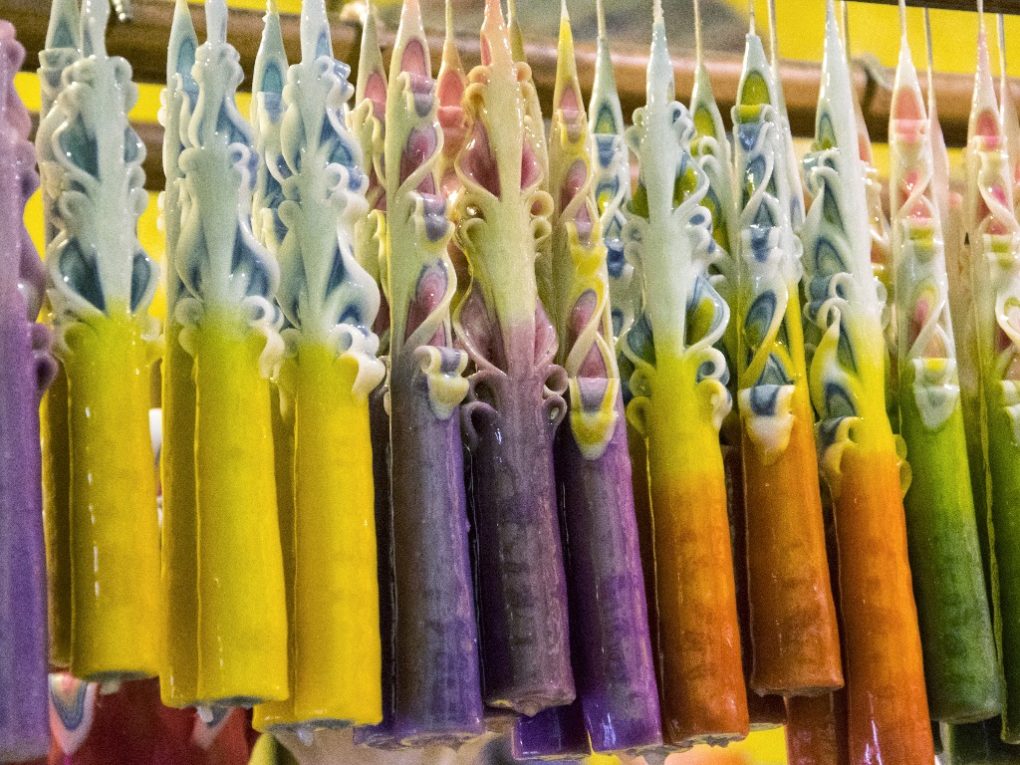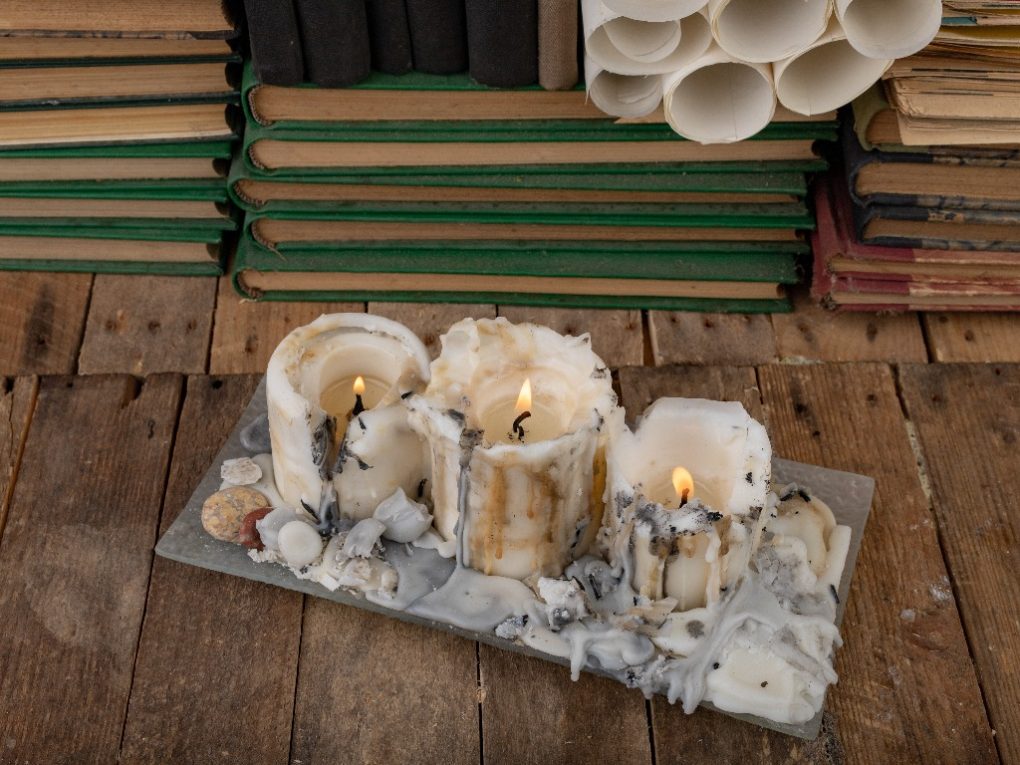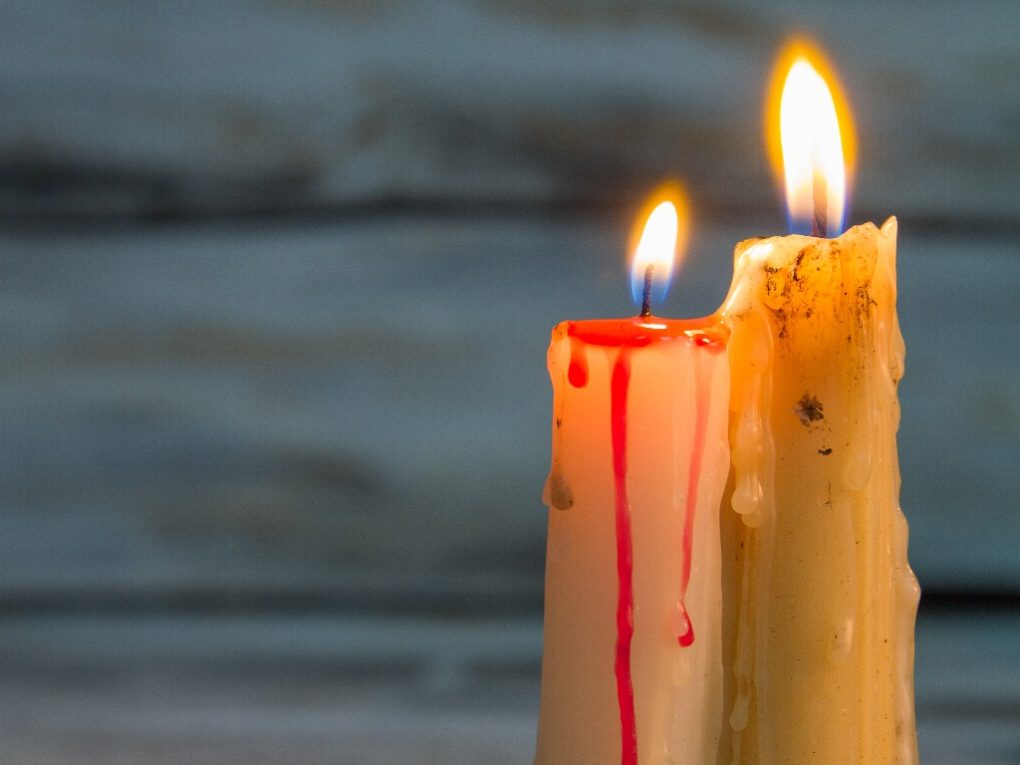Why Did My Candle Change Color: Understanding the Science Behind Candle Pigmentation
Exposure to light is one of the most common reasons for candle discoloration. When candles are exposed to light, especially direct sunlight, they can fade or turn yellow over time. This may be more noticeable if the dye is used in the candle. Additionally, the wax used can also impact the candle’s color. For example, soy wax may turn a yellowish color over time due to oxidation.


Another factor that can contribute to candle discoloration is the fragrance oil used. Some fragrance oils contain natural components like vanillin, citrus oils, and cinnamon, which can impact the candle’s color. The amount and type of fragrance oil used can vary from batch to batch, which may result in inconsistencies in candle color. Understanding the reasons behind candle discoloration can help candle makers and enthusiasts take steps to prevent it from happening.
Chemical Reactions and Candle Colors
Wax
The wax type used to make a candle can affect its color. For example, soy wax is a natural wax often used in candles. Soy wax is yellow, which can affect the candle’s color. On the other hand, Beeswax is a natural wax often used in candles. Beeswax is a light yellow, giving candles a natural, creamy color.
Dyes and Pigments
Dyes and pigments are often added to candles to give them color, confirmed by the National Candle Association. Dyes are soluble in wax and can produce a translucent effect, while pigments are insoluble and opaque. The amount of dye or pigment used can affect the candle’s color.
In addition, the type of dye or pigment used can affect the candle’s color. For example, a red dye may produce a pinkish-red color, while a blue dye may produce a bluish-green color.


Environmental Factors That Affect Candle Color
Environmental factors can also affect the color of candles. Temperature, humidity, and airflow can all affect how a candle appears over time.
Temperature
Exposure to high temperatures can cause candles to fade or discolor. This is especially true for candles made with dyes, which can be more susceptible to color changes. Storing candles in a cool, dry place away from direct sunlight or heat sources is best.
Humidity
Humidity can also impact the appearance of candles. High humidity can cause the wax to sweat, affecting the candle’s color and texture. To prevent this, it is recommended to store candles in a dry place with low humidity.
Airflow
Airflow can also play a role in how candles appear over time. For example, drafts or breezes can cause candles to burn unevenly, affecting the wax’s color and texture. Therefore, it is best to burn candles in a still, draft-free environment to prevent this from happening.
Sunlight Exposure
Sunlight exposure can cause candles to fade or change color over time. This is because exposure to direct sunlight or other UV light sources can cause the wax to oxidize, resulting in a color change. The amount of time it takes for a candle to fade or change color will depend on various factors, including the type of wax, the colorants used, and the intensity of the UV light.
To help prevent candles from fading or changing color due to sunlight exposure, storing them in a cool, dry place away from direct sunlight or other UV light sources is important. You can also use UV-resistant glass or other materials to help block out UV rays and protect your candles.
Additionally, if you plan to display your candles in a sunny area, consider using candles designed to resist fading or discoloration due to sunlight exposure.
Other Factors That Affect Candle Color
Burn Time
The longer a candle burns, the more likely it is to change color because the heat and light from the flame can cause the wax to break down and oxidize, leading to discoloration. To minimize this effect, it is recommended not to burn candles for more than 4 hours at a time and to trim the wick to 1/4 inch before each use. This will help to reduce the amount of heat and light produced by the flame, which can help to prevent discoloration.


Wick Type
The type of wick used in a candle can also affect its color. Some wicks, such as wood wicks, can produce a darker, more rustic color in the candle wax. Other wicks, such as cotton wicks, may have less of an effect on the color of the wax, so choosing the right wick for the wax and fragrance used in the candle is important to achieve the desired color and burn quality.
Other factors that can affect candle color include:
- The wax used.
- The fragrance oil used.
- The age of the candle.
- The process used to make the candle.
Therefore, it is important to carefully follow the instructions provided by the wax and fragrance manufacturers to ensure that the candle is made properly and will burn cleanly and evenly.
By considering these factors, candlemakers can create beautiful, long-lasting candles that maintain their color and fragrance over time.
Additives
Based on observation, candle-making often uses additives to enhance the candle’s color, scent, or burning characteristics. However, some additives can cause candles to change color over time. For example, candles made with natural dyes or pigments may fade or change color over time as the wax oxidizes. Similarly, certain fragrances or essential oils may react with the wax and cause it to discolor.


To help prevent color changes due to additives, choosing high-quality, stable additives specifically designed for use in candles is important. Some manufacturers may also recommend adding stabilizers or other additives to help preserve the candle’s color over time.
Additionally, following the manufacturer’s instructions when adding additives to your candle is important. Adding too much or too little of an additive can affect the final color and appearance of the candle. For example, if you add too much dye, the candle may become too dark or bleed in excess color onto other surfaces. On the other hand, if you don’t add enough dye, the candle may appear pale or unevenly colored.
